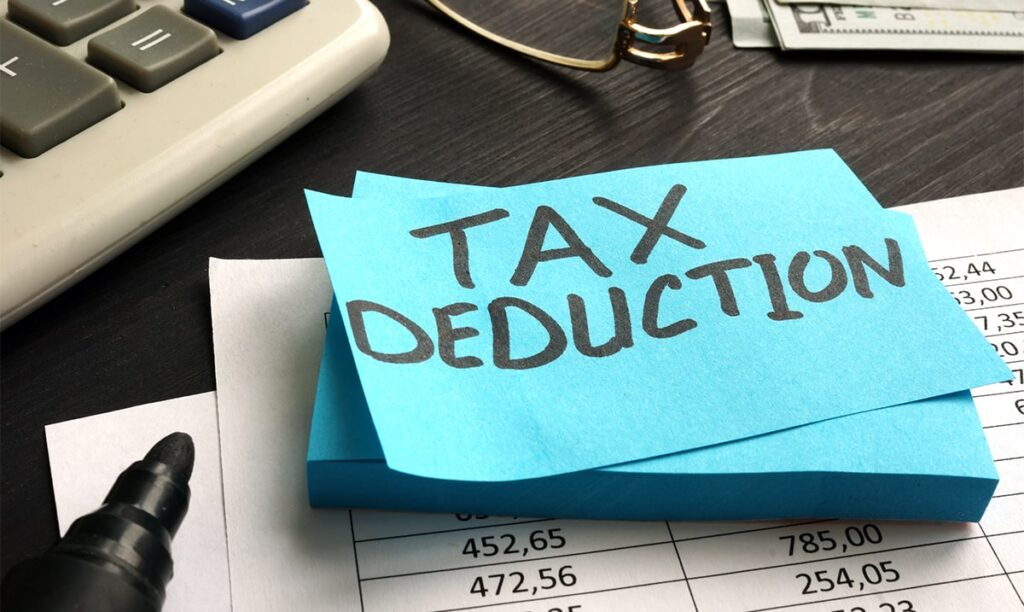Section 179 Deduction Limits: Getting the Most out of Your Tax DeductionsApril 1, 2024

The Section 179 Deduction stands as a pivotal aspect of the U.S. tax code for businesses, offering a significant opportunity to maximize tax deductions through strategic asset purchases.
This incentive allows companies to deduct the full purchase price of qualifying equipment and software purchased or financed during the tax year, encouraging business owners to invest in their operations.
This article aims to demystify the process of leveraging the Section 179 Deduction to its fullest potential, especially in light of the updated limits and qualifications.
In this article, you will learn:
- The essentials of Section 179 Deduction and eligibility criteria.
- How to strategically plan purchases to maximize deductions.
- The differences between Section 179 Deduction and bonus depreciation.
Let’s delve into how businesses can make the most of this tax deduction, setting the stage for informed decision-making and strategic financial planning.
Understanding Section 179 Deduction
What Is Section 179 Deduction?
The Section 179 Deduction is a provision within the U.S. tax code designed to encourage businesses to invest in themselves. It allows companies to deduct the full purchase price of qualifying equipment or software from their gross income, a move aimed at boosting business investments and operational growth. This deduction is directly applicable to the tax year in which the asset was purchased and put into use, offering immediate financial relief and supporting business expansion.
Qualifications for Section 179
Eligibility for the Section 179 Deduction is broad, encompassing most small to midsize businesses. The deduction covers various purchases, including tangible goods like machinery, computers, office furniture, and vehicles, as well as off-the-shelf software. To qualify, these items must be used for business purposes more than 50% of the time.
Limits and Phaseouts of Section 179
For the tax year 2024, the deduction limit is set at $1,220,000, with a total spending cap on equipment purchases of $3,050,000. Beyond this spending cap, the deduction begins to phase out on a dollar-for-dollar basis, fully phasing out when expenditures reach a certain threshold. This mechanism ensures the deduction’s target towards small and midsize businesses, with implications for companies that exceed the spending cap, as it gradually reduces the deduction available.
Maximizing Your Section 179 Deduction
Strategic Purchasing and Tax Planning
Maximizing the Section 179 Deduction requires foresight and planning. Businesses should time their qualifying purchases within the fiscal year to ensure they fall under the deduction limit and spending cap. Integrating the deduction into broader tax planning strategies can significantly enhance tax savings, underscoring the importance of consultation with tax professionals.
Comparing Section 179 and Bonus Depreciation
While both Section 179 and bonus depreciation offer tax relief on asset purchases, they differ in eligibility criteria and application. Section 179 is primarily for new and used equipment, with a clear spending limit and deduction cap. In contrast, bonus depreciation typically applies to new assets, offering additional savings but with different strategic considerations for tax planning.
Examples
Real-world applications of Section 179 demonstrate its impact. For example, a small manufacturing firm purchasing new machinery or a software company investing in essential technology can realize immediate tax savings. These examples illustrate the deduction’s role in facilitating business growth and operational efficiency.
FAQs
Which items are eligible for the Section 179 tax break?
Eligible assets for the Section 179 Deduction encompass a wide range of business-related equipment. This includes, but is not limited to, physical goods such as vehicles, office furniture, machinery, and computers, as well as off-the-shelf software, provided these are used predominantly for business operations.
Is it possible for leased equipment to be eligible for the Section 179 deduction?
Leased equipment can indeed qualify for the Section 179 deduction. The key factor is the type of lease; it must allow the lessee to essentially act as the owner of the equipment, offering a pathway for businesses to benefit from the deduction without full upfront purchasing.
How do Section 179 and bonus depreciation complement each other in tax planning?
Utilizing both Section 179 and bonus depreciation allows businesses to amplify their tax benefits. While Section 179 directly deducts the cost of qualifying assets up to a certain limit, bonus depreciation can be applied to new assets, offering an extra layer of tax savings. Together, they form a strategic duo that can significantly reduce taxable income and enhance financial outcomes for businesses.
Conclusion
The Section 179 Deduction offers a powerful tool for businesses to invest in their growth while optimizing tax savings. By understanding and strategically applying this deduction, companies can significantly enhance their financial positioning. Proactive tax planning, informed by the insights provided, can turn a routine asset purchase into a strategic financial decision.
For businesses looking to further their tax strategy, exploring the intricacies of bonus depreciation presents a natural next step, offering additional avenues for tax savings and investment in growth.
This guide on maximizing the Section 179 Deduction is just the beginning. With careful planning and strategic acquisitions, businesses can leverage tax codes to their advantage, fostering growth and operational efficiency.
Get In Touch
Please contact our team with any additional questions or feedback regarding this topic!

